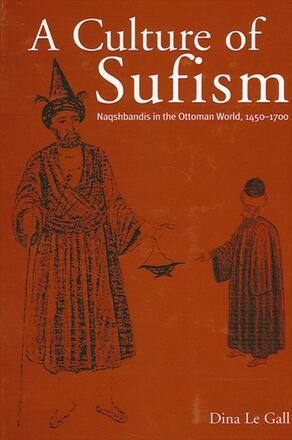
A Culture of Sufism
Naqshbandis in the Ottoman World, 1450-1700
Alternative formats available from:
Unearths the history of the Naqshbandiyya, one of the most widespread and enduring Sufi brotherhoods.
Description
A Culture of Sufism opens a window to a new understanding of one of the most prolific and enduring of all the Sufi brotherhoods, the Naqshbandiyya, as it spread from its birthplace in central Asia to Iran, Anatolia, Arabia, and the Balkans between the fifteenth and seventeenth centuries. Drawing on original sources and carefully aware of the power of modern paradigms to obscure, Le Gall portrays a Naqshbandiyya that was devotionally sober yet not demysticized and rigorously orthodox without being politically activist. She argues that the establishment of this brotherhood in Ottoman society was not the product of political instrumentality. Instead the Naqshbandī dissemination is best explained in reference to a series of little-appreciated organizational and cultural modes such as proclivity to long-distance travel, independence from specialized Sufi institutions, linguistic adaptability, commitment to writing and copying, and the practice of bequeathing spiritual authority to non-kin.
Dina Le Gall is Assistant Professor of History at Lehman College, The City University of New York.